In the bustling streets of Wuhan, a culinary icon reigns supreme: hot dry noodles, or règānmiàn. This humble yet flavorful dish has become synonymous with the city’s identity, a breakfast staple that fuels millions each morning. But what sets it apart from other noodle dishes across China? The secret lies in its meticulous preparation—particularly the art of dǎn miàn, or "fanning the noodles," which ensures the perfect texture and prevents clumping when tossed with sesame paste.
The process begins with alkaline noodles, a key component that gives hot dry noodles their signature chewiness. These noodles are parboiled to about 70% doneness—a critical stage where they retain a slight firmness at the core. Cook them any further, and they’ll turn mushy; any less, and they’ll be unpleasantly tough. Timing is everything. The partially cooked noodles are then swiftly drained and laid out on large bamboo trays, where they’re fanned vigorously while being coated in oil. This step, the namesake dǎn miàn, cools the noodles rapidly, stopping the residual heat from overcooking them while the oil creates a protective layer to keep them springy and separate.
What follows is a dance of textures and flavors. The noodles are briefly reheated in boiling water before serving, just enough to warm them through without compromising their al dente bite. Then comes the crowning glory: a generous dollop of sesame paste, thinned to a silky consistency with a touch of the noodle-cooking water. Unlike the peanut butter often used in Western interpretations, Wuhan’s sesame paste is darker, richer, and slightly bitter, offering a depth that balances the sharpness of pickled radish, the heat of chili oil, and the brightness of scallions. The result? A dish that’s creamy yet never soggy, each strand distinct and evenly coated.
The true test of a great hot dry noodle is its resistance to tuó (坨), or clumping. A poorly prepared batch will congeal into a sticky mass within minutes, but a properly fanned noodle remains loose and slurpable until the last bite. This is why street vendors take such pride in their dǎn miàn technique—it’s the difference between a forgettable meal and an unforgettable one. Locals can spot inferior noodles at a glance, judging them by their sheen (a sign of adequate oil) and their bounce when lifted with chopsticks.
Beyond technique, hot dry noodles embody Wuhan’s spirit: pragmatic yet passionate, unpretentious but exacting. They’re a dish born of necessity—historically, vendors needed a way to preserve noodles for busy mornings—yet elevated through generations of refinement. Today, they’re not just food; they’re a cultural touchstone, a reason for expats to yearn for home and a rite of passage for visitors. To eat them is to understand Wuhan itself: robust, layered, and resilient.
As globalization introduces regional Chinese cuisines to wider audiences, hot dry noodles remain stubbornly local. Few dishes so deeply tied to place translate well beyond their origins, and perhaps that’s for the best. The magic of règānmiàn lies not just in its recipe but in the rhythm of its creation—the early-morning clatter of bamboo trays, the scent of toasted sesame drifting through alleyways, the communal slurping at plastic stools. It’s a taste that demands context, a reminder that some traditions are best experienced at the source, where every detail—down to those seven-tenths-cooked, perfectly fanned noodles—is treated with reverence.
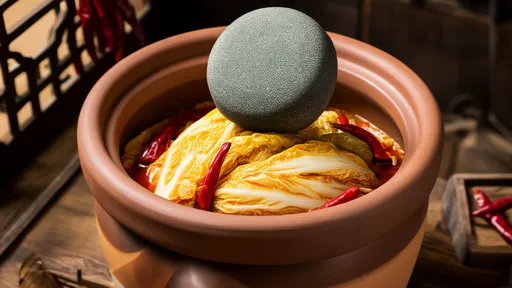
By /Jul 31, 2025

By /Jul 31, 2025
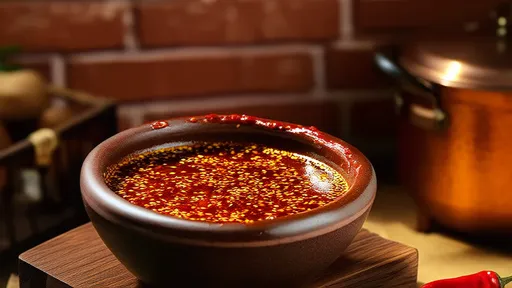
By /Jul 31, 2025
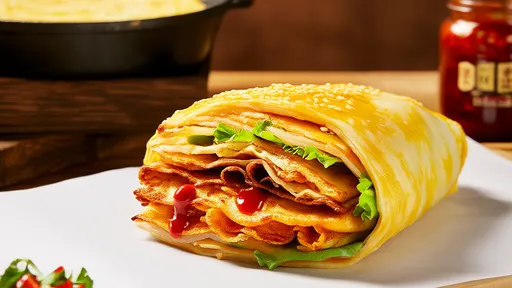
By /Jul 31, 2025
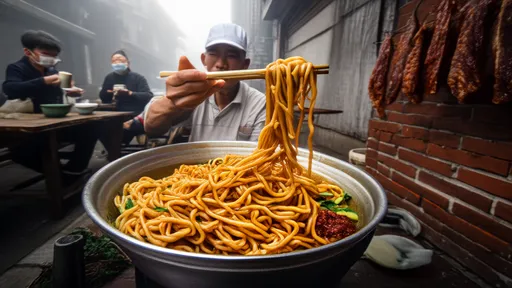
By /Jul 31, 2025

By /Jul 31, 2025

By /Jul 31, 2025

By /Jul 31, 2025

By /Jul 31, 2025

By /Jul 31, 2025
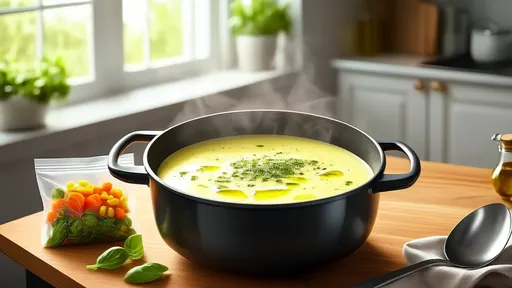
By /Jul 31, 2025
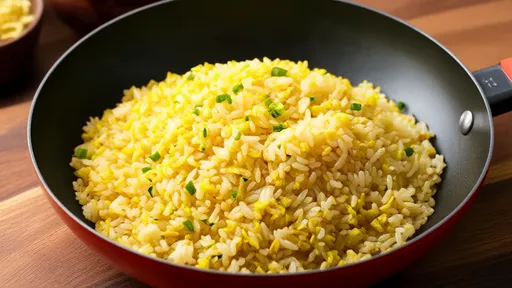
By /Jul 31, 2025
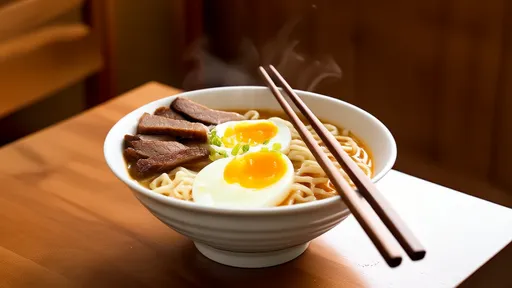
By /Jul 31, 2025
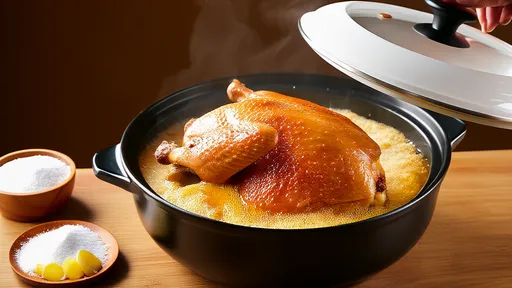
By /Jul 31, 2025
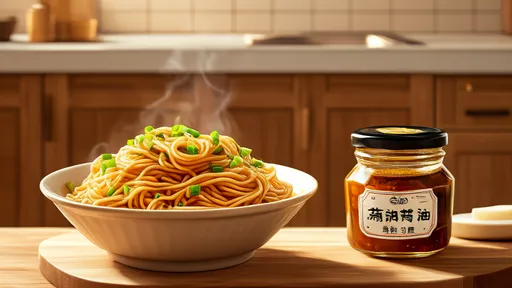
By /Jul 31, 2025
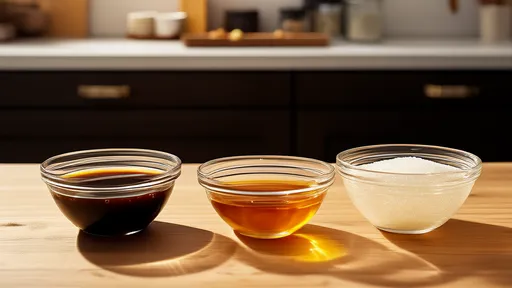
By /Jul 31, 2025
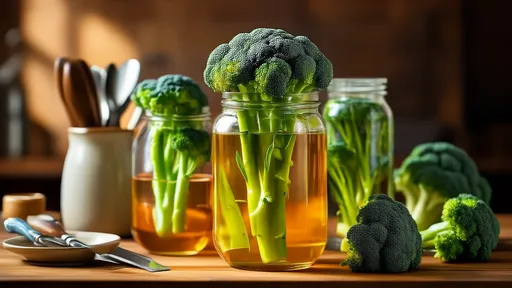
By /Jul 31, 2025
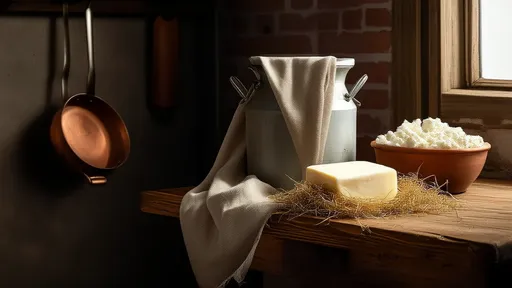
By /Jul 31, 2025

By /Jul 31, 2025
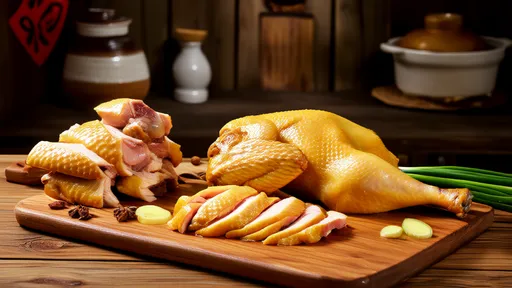
By /Jul 31, 2025